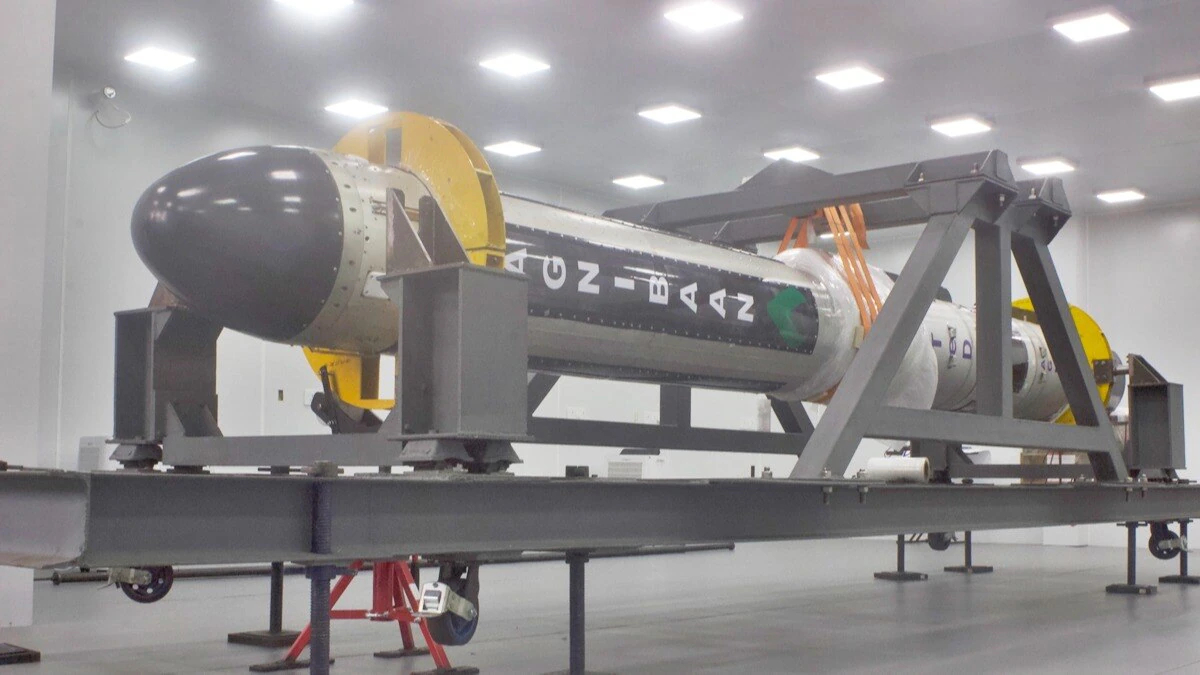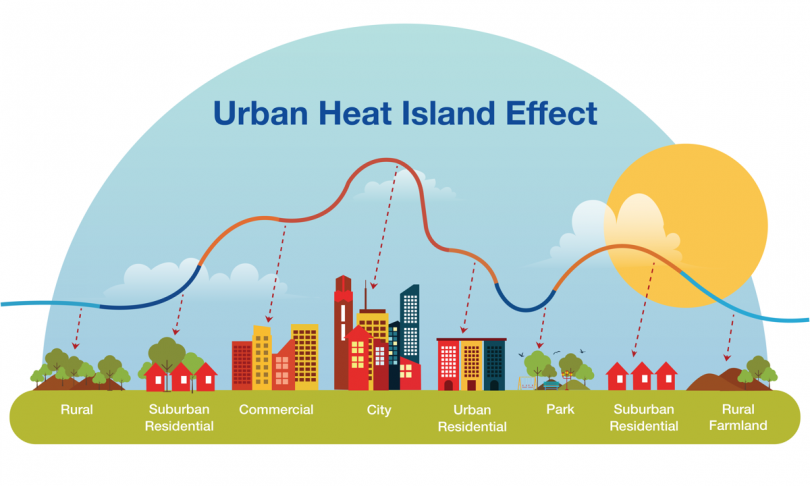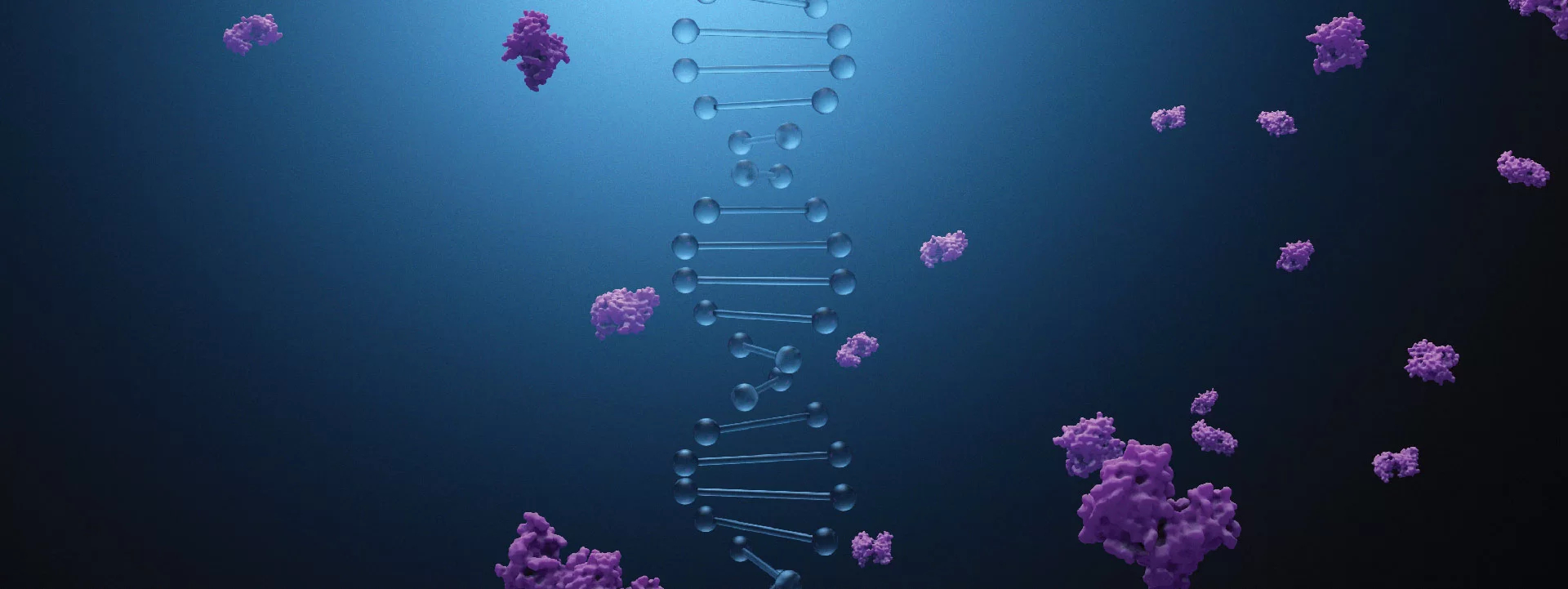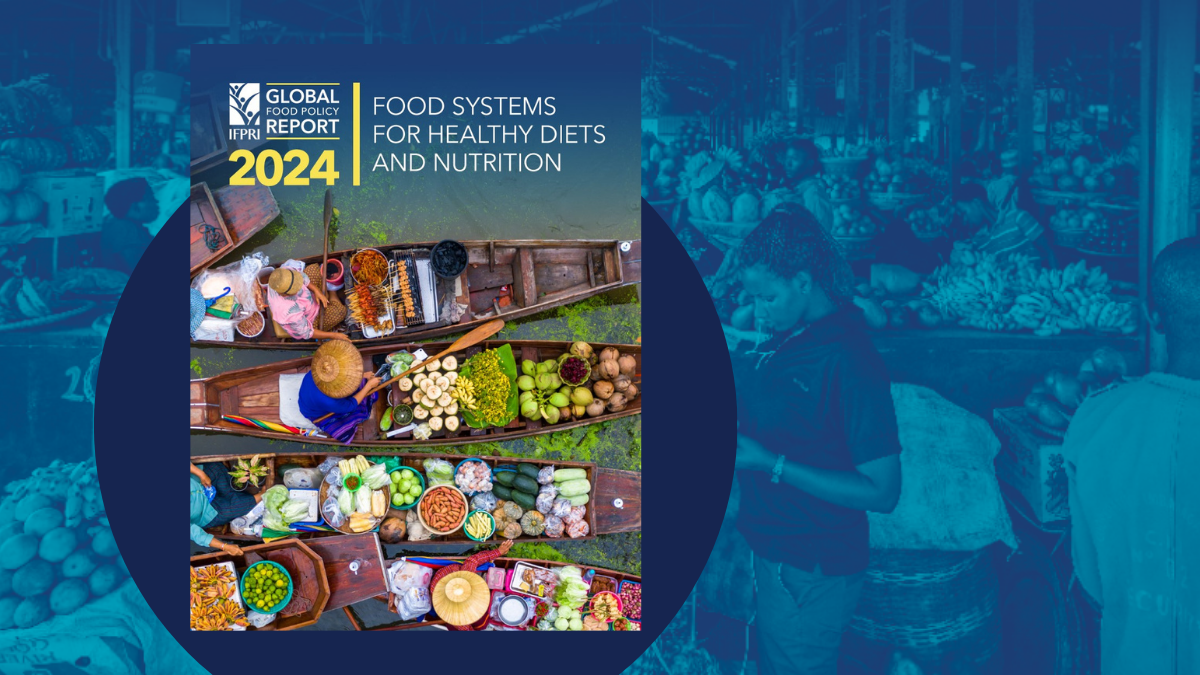Agnibaan - SOrTeD: World’s First 3D-printed Rocket Engine

- 31 May 2024
Why is it in the News?
Indian space startup Agnikul Cosmos on Thursday successfully launched its first sub-orbital test vehicle powered by the world’s first single-piece 3D-printed rocket engine, after calling off its launch at least four times previously.
What is Agnibaan - SOrTeD?
- Agnibaan SOrTeD is a sub-orbital technological demonstrator of the Agnibaan launch vehicle, manufactured by Indian space startup Agnikul Cosmos.
- A sub-orbital launch reaches outer space but does not complete an orbit around Earth, intersecting the Earth's atmosphere or surface without becoming an artificial satellite or reaching escape velocity.
- This marks Agnikul’s fifth launch attempt since March 22. With this launch, AgniKul became the second private company to achieve a rocket launch in India, following Skyroot's successful flight in 2022.
Features:
- It is a customizable, two-stage launch vehicle capable of carrying up to 300 kg into an orbit approximately 700 km above Earth.
- Semi-Cryogenic Engine: Utilizes a combination of liquid and gaseous propellants, operating at temperatures higher than cryogenic engines but lower than traditional liquid rocket engines.
- Uses refined kerosene, which is lighter and can be stored at normal temperatures, allowing more propellant to be carried. When combined with liquid oxygen, kerosene provides higher thrust.
- The test flight aims to demonstrate in-house, homegrown technologies, gather crucial flight data, and ensure the optimal functioning of systems for AgniKul's orbital launch vehicle, Agnibaan.
- The rocket is designed for accessing both low and high-inclination orbits and is completely mobile, enabling launches from more than 10 ports.
Agnibaan Acheivments:
- World’s First 3D-Printed Engine: Agnibaan is the first rocket to use a 3D-printed engine.
- First Semi-Cryogenic Engine-Powered Rocket Launch: Pioneering the use of semi-cryogenic engines in rocket launches.
- India’s First Private Launchpad Rocket Launch: The first Indian rocket launch conducted from a private launchpad.
- Unique Engine Configuration: Powered by the only engine in India that uses both gas and liquid fuel (liquid oxygen/kerosene).
Significance:
- Typically, rocket engine parts are manufactured separately and assembled later.
- The 3D-printed manufacturing process is expected to lower launch costs and reduce vehicle assembly time, offering affordable launch services for small satellites.
About 3D Printing:
- 3D printing, also known as additive manufacturing, creates three-dimensional objects from digital models by adding material layer by layer.
- This process, which uses materials like plastic, composites, or bio-materials, allows for efficient and customized production, contrasting with traditional subtractive manufacturing methods.
Notable Examples of 3D Printing:
- Industry Applications: 3D printing is widely used in industries such as healthcare, automotive, and aerospace.
- Aerospace: In May, Relativity Space launched a test rocket made entirely from 3D-printed parts, standing 100 feet tall and 7.5 feet wide.
- However, the rocket experienced a failure shortly after takeoff.
- Healthcare: During the peak of the COVID-19 pandemic in 2020, 3D printers were utilized to produce essential medical equipment, including swabs, face shields, masks, and parts for ventilators.
Urban Heat Island Effect

- 31 May 2024
Why is it in the News?
Large parts of the country are witnessing a searing and longer-than-usual heatwave, with record-breaking day temperatures.
What is an Urban Heat Island?
- An urban heat island occurs when a city experiences much warmer temperatures than nearby rural areas.
- The difference in temperature between urban and less-developed rural areas has to do with how well the surfaces in each environment absorb and hold heat.
What is the Urban Heat Island Effect?
- Structures made of concrete — buildings, pavements, roads, and other infrastructure — absorb and re-emit the sun’s heat more than natural features like trees and water bodies.
- Cities, where these structures are concentrated, and greenery is limited, thus become “islands” of higher temperature compared to surrounding, greener, areas.
- This is called the urban heat island effect. And since heat is trapped in built-up structures, greater urbanisation has a direct correlation with the rise in night temperatures.
How do humidity and warm nights impact the human body?
- The rise in temperatures, humidity, and warmer nights together make the summer more deadly for human beings.
- Humans regulate their body temperatures by sweating, the evaporation of sweat from the skin cools our bodies.
- However high humidity prevents this from happening, which can take a toll on the body.
- Reacting to heat, “the heart starts pumping more blood to our skin.
- This activates the sweat glands which help regulate body temperature.
- But as a result of sweating, other organs get less blood flow.
- In humid conditions, the body continues to sweat with little avail.
- This not only leads to dehydration and salt imbalances but also takes a toll on organs due to reduced blood flow.
- And it leads to the body overheating as its temperature-regulation mechanism is not working.
- If the temperatures are too high, the cellular processes in the brain also get affected.
- This can initially lead to fainting, and in more serious cases, effects such as heat stroke and organ malfunction.
At the very basic level, more humidity and warmer nights do not allow our bodies to rest and recuperate”.
Recombinant Proteins

- 31 May 2024
Why is it in the News?
Researchers at the Department of Biochemistry, Indian Institute of Science, have developed a novel method for the production of recombinant proteins.
What are Recombinant Proteins?
- A recombinant protein is a protein that has been produced by the means of recombinant DNA – DNA that has been modified in order to encode the blueprint of a protein of interest.
- Recombinant proteins are produced in host cells, in which recombinant DNA has previously been inserted so that the cells’ ribosomes are instructed to express the recombinant protein instead of what the cells’ original DNA would have encoded.
What are recombinant proteins in biotechnology?
- In biotechnology, recombinant proteins are proteins that have been produced by host cells, according to artificially modified DNA (recombinant DNA) instead of the cells’ own DNA.
- The recombinant DNA is inserted into host cells by means of a suitable vector, after which protein expression commences according to this blueprint.
- Once harvested, recombinant proteins are used for various purposes within life sciences and medicine, e.g. in research, but also the treatment of several diseases.
What are the techniques in recombinant protein production?
- genetic engineering, DNA cloning and vector design
- transfection of host cells (bacterial, yeast, mammalian)
- protein expression and purification
Recombinant protein examples:
-
- human insulin
- human growth factors
- factor VIII – treatment for haemophilia
- therapeutic monoclonal antibodies
- various research reagents
What are recombinant proteins used for?
- Recombinant proteins are widely used in many fields of life sciences, e.g. for research purposes, but also in the treatment of various diseases.
- This is because they are frequently chosen in the production of biopharmaceuticals, for instance when designing monoclonal antibody therapies.
- In the treatment of diabetes, recombinant proteins are also an essential keystone, being used in the production of human insulin.
Benefits of recombinant proteins:
- High Purity: Recombinant proteins can be produced with a high degree of purity, reducing the risk of contamination or impurities in experimental applications.
- Customization: Researchers can design and produce recombinant proteins with specific modifications, tags, or mutations to suit their experimental needs.
- Scalability: The possibility to scale up recombinant protein production makes it suitable for industrial and therapeutic applications.
- Consistency: The production of recombinant proteins can be tightly controlled, ensuring consistent quality and reproducibility in experiments or drug manufacturing.
Cost-Effectiveness: Compared to traditional methods of obtaining proteins from natural sources, recombinant protein production can be more cost-effective, especially for rare or complex proteins.
Global Food Policy Report 2024

- 31 May 2024
Why is it in the News?
A new global report has raised concerns about dietary habits in India, highlighting a significant increase in the consumption of unhealthy foods compared to nutritious options.
Key Highlights of the Global Food Policy Report 2024:
- Diet Quality in India: At least 38% of the Indian population consumed unhealthy foods, while only 28% ate all five recommended food groups: one starchy staple, one vegetable, one fruit, one pulse/nut/seed, and one animal-source food.
- Trends in Food Consumption: The intake of calorie-dense, nutrient-poor foods is not only high but increasing, whereas the consumption of vegetables and other micronutrient-rich foods remains low.
- Processed Foods in South Asia: In India and other South Asian countries, the consumption of processed foods is on the rise. After cereals and milk, snacks and prepared foods make up a significant portion of Indian food budgets.
- Malnutrition Rates in India: The proportion of the population suffering from malnutrition in India increased from 15.4% in 2011 to 16.6% in 2021.
- Overweight Prevalence: The prevalence of overweight adults in India rose from 12.9% in 2006 to 16.4% in 2016.
- Packaged Foods: The share of household food budgets spent on packaged, highly processed, calorie-dense foods nearly doubled from 6.5% to 12% during this period.
- Cost of Nutrient-Rich Foods: In the South Asian region, micronutrient-rich foods are expensive, while cereals, fats, oils, sugar, and sugary and salty snacks are relatively inexpensive.
About the International Food Policy Research Institute (IFPRI):
- The International Food Policy Research Institute (IFPRI) provides research-based policy solutions to sustainably reduce poverty and end hunger and malnutrition in developing countries.
- Established in 1975, it is a research centre of CGIAR, the world’s largest agricultural innovation network.
Vision and Mission:
- IFPRI’s vision is a world free of hunger and malnutrition.
- Its mission is to provide research-based policy solutions that sustainably reduce poverty and end hunger and malnutrition.
IFPRI’s research focuses on five strategic research areas:
-
- Fostering Climate-Resilient and Sustainable Food Supply
- Promoting Healthy Diets and Nutrition for All
- Building Inclusive and Efficient Markets, Trade Systems, and Food Industry
- Transforming Agricultural and Rural Economies
- Strengthening Institutions and Governance
Headquarters: Washington, D.C
Cryonics

- 31 May 2024
Why is it in the News?
An Australian cryonics company, Southern Cryonics, sparked a widespread debate after successfully freezing their first client, known as ‘Patient One’.
What is Cryonics?
- Cryonics is the practice of preserving human bodies in extremely cold or cryogenic temperatures (−196°C) with the hope of reviving them sometime in the future.
- Cryonics procedures can begin only after the "patients" are clinically and legally dead.
- When a dead body is cryonically preserved, it is packed with ice and injected with anticoagulants, a treatment to stop blood from clotting.
- The body is then transported to one of three cryonic centres in the world.
- There, in a process known as vitrification, the body is drained of its blood, which is then replaced with chemicals and anti-freeze.
- The body is placed in a sleeping bag and housed in a tank of liquid nitrogen at -196 degrees Celsius.
- The premise of cryonics is based on a possibility rather than a probability of success.
- There is no scientific evidence to suggest that it is possible to revive a person back to a living state.
- Cryobiologists hope that with future technology, including nanotechnology, they will be able to repair cells and tissues that are damaged during the freezing process.
Is cryonics ethical?
- There are some arguments in favour of cryonics, the simplest of which is one of free will and choice.
- As long as people are informed of the very small chance of success of future re-animation, and they are not being coerced, then their choice is an expression of their autonomy about how they wish to direct the disposal of their bodies and resources after death.
- In this light, choosing cryonics can be seen as no different to choosing cremation or burial, albeit a much more expensive option.
- However, this case raises several other ethical and problematic concerns.
- There is the issue of potentially exploiting vulnerable people.
- Some might argue vulnerable people are trading hype for hope.
- The cryonic process might work, but imperfectly. During the process of re-animation, there may be some brain damage.
- That would mean rather than waking up, one might be unconscious or trapped in some disordered, uncontrollable painful stream of consciousness.
It might be heaven but it might also be hell. The key issue is that people must be made aware of the risks as well as the benefits, and are not exploited.
